Challenge and organisation
Collection of paper and board for recycling takes place from various sources. These sources are printers and converters, offices, retailers as well as other industrial users and private households. The key to a high collection rate of paper for recycling is an efficient collection from households since the collections from the other sources are easier to set up and to maintain. A suitable system has to be established with respect to the infrastructure.
Due to the historic differences of paper collection in different countries and regions, there is a variety of collection systems from region to region. Based on the collection system, the subsequent logistics and the treatment are also different.
Generally, commercial sources of paper for recycling must organise the proper arrangement by themselves. This is typically not a big burden since most of the paper for recycling has a positive market value and thus provides a certain revenue. In developed countries, the local authorities organise the collection from households, often by means of subsidiaries or contractors, on municipal or department level. Often, small businesses with paper for recycling similar to that from households are allowed to use this system as well. In developing countries, much of the collection is done by the informal sector.
The informal sector
The informal economy or informal sector is the part of an economy that is neither taxed nor monitored by any form of government and can be described as a grey market in labour 1. Even if the work itself is not strictly legal, the products made and the services provided by the informal sector are legal. It has also to be stated that informal work is the earliest type of work and that is present worldwide. In developed countries – there often called “moonlighting” or “working on the side” – it is estimated with about 15 % of the non-agricultural workforce, but in Asia it is as high as about 80 %. The informal sector has to be considered critical due to the work of children, adolescents as well as low-paid women, due to the lack of social safety and due to typically lower incomes. On the other hand, it enables people with low education to work and it prevents families from extreme poverty. Probably the smaller part decides deliberately to work informally with the expectation to make more money. With these various aspects it is a complicated issue for governments how to deal with this part of the economy.
Particularly in waste and resource management in South-eastern Europe and in Asia, the informal sector plays an significant role. Therefore, several experts are of the opinion that the authorities should look for cooperation and try to find win-win situations 2.
Pre-consumer material
Collecting paper and board for recycling from printers and converters is mostly easy since the material is usually pure and companies providing it usually get some payment for it. Depending on the size and the type of material, the collection takes place in open containers or in bales. Small sized pieces from trimmings and clippings are baled for easier handling.
Refunds for unsold newspapers and magazines to newsstands and shops are drivers for a very organised collection from these places. Also here, the material is typically pure. In some countries it is mandatory that unsold magazines are shredded after returning by the wholesaler to prevent a black market. In cases of shredding, the paper is baled subsequently.
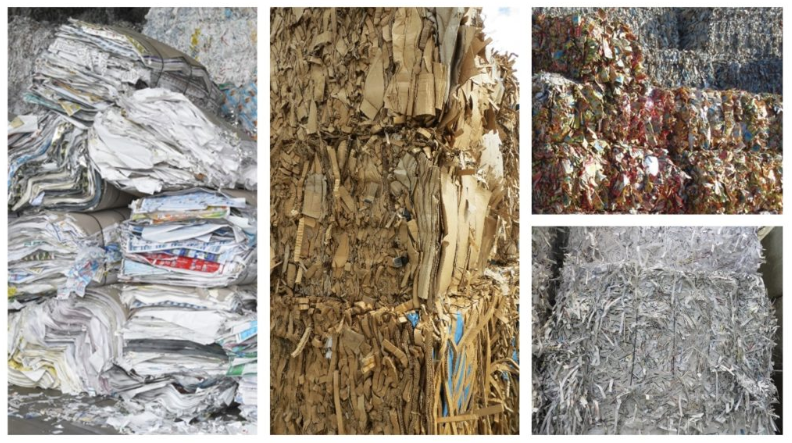
Office papers
Offices are a source of white post-consumer paper for recycling. The content of bleached virgin fibre-based papers is higher than in any other post-consumer source. There is a significant demand for these qualities in the market, particularly from hygiene paper manufacturers. At least large offices in the public and in the private sector have a collection system established. An issue in this sector is the confidentiality of the printed or written information. Therefore, the material is often shredded. If it is shredded on site this is done either by an immobile device or by a mobile shredder mounted on a truck and operated by a specialised service provider. An alternative is a collection in locked bins and shredding at the warehouse of the trader of paper for recycling. Shredded material is always baled.
Rare concepts are a delivery directly to the treatment plant and immediate pulping under surveillance, e.g. if coming from police or courthouse archives. Apart of avoiding the shredding, it has the advantage not to cut the fibres and to avoid dust.

Retailers and industrial sources
Apart of their offices, the paper and board for recycling from retailers and industrial consumers is mainly packaging. In this material, corrugated containers play the dominant role. Due to stiffness and much air between the plies, the material is nearly always baled before shipping to reduce the volume and enable proper handling.

Households
Households are the most important sources in terms of quantity but also the most complicated. Collection from households is also the “newest” of the sources, responsible for most of the growth in the last 30 years. In smaller quantities, household collection also has a long history. In many countries and regions, optimum collection systems are still under development. Households provide both graphic and packaging paper products. Within the household material, beverage cartons play a special role. Due to their two-sided lamination, they cannot be treated efficiently in a standard process for paper for recycling. There are systems of separate collection of paper and board products which include beverage cartons. In that case, a sorting step is definitely required. More common is to collect used beverage cartons together with light weight packaging and sort them in that stream.
Degree of selectivity and resulting quality
The paper industry demands a collection of paper for recycling separate from other recyclable material, such as glass, tin, plastics. In many countries and regions, a separate collection of paper and board for recycling – graphic and packaging together in one receptacle – has become the most common system. But the collection systems and their varieties are manifold.
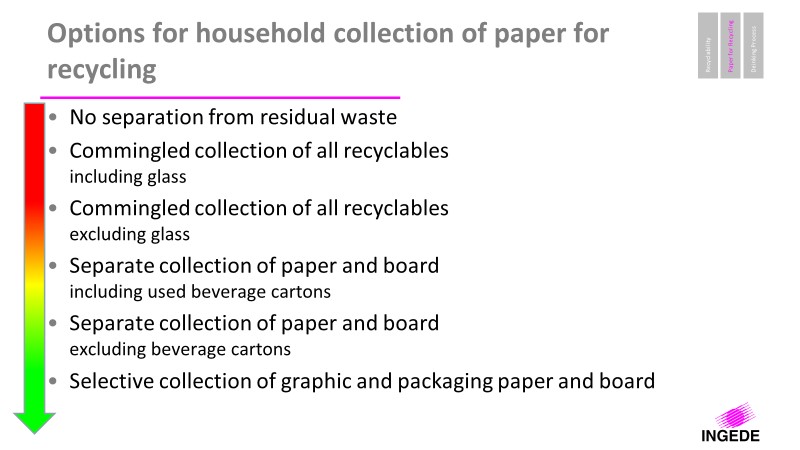
Generally speaking, the quality of paper for recycling increases with the selectivity of its collection. One of the reasons is that a selective collection gives the citizens the feeling to deal with a material of value and not just with a waste. A further aspect is that selective collection in most cases is monitored by people checking the quality. There are several examples later in this text.
source link: https://forestbiofacts.com/
Case
-
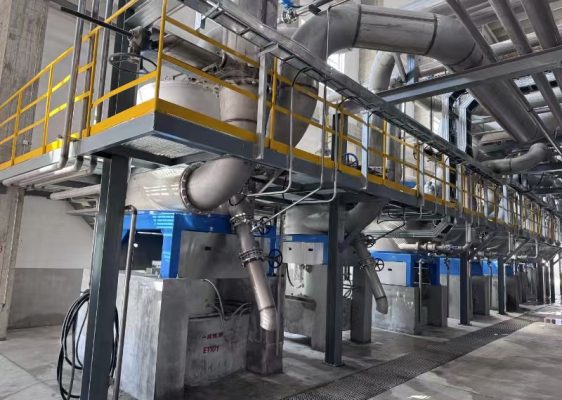 Five Continents Special Paper 450,000 tons packaging paper Project
Five Continents Special Paper 450,000 tons packaging paper Project
-
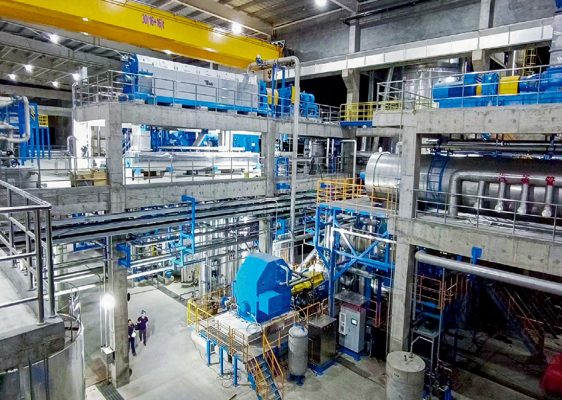 The i-CTMP High Yield Pulping Production line of Shan Ying
The i-CTMP High Yield Pulping Production line of Shan Ying
-
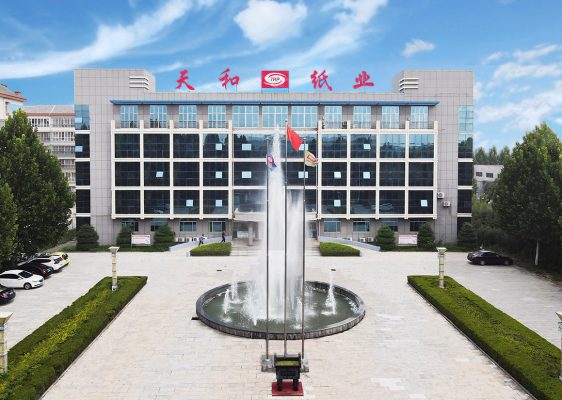 Shandong Tianhe i-BCTMP pulping line upgrade project
Shandong Tianhe i-BCTMP pulping line upgrade project
-
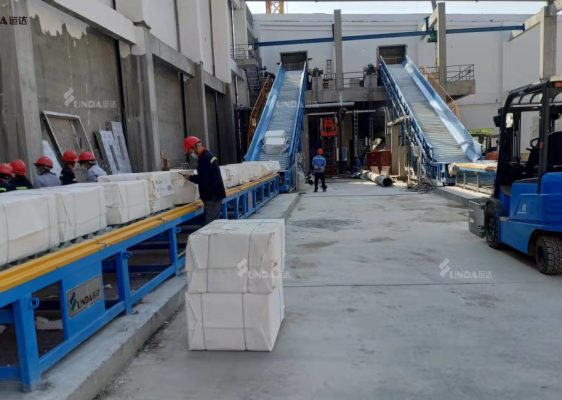 Guangxi Sun Cultural Paper
Guangxi Sun Cultural Paper
-
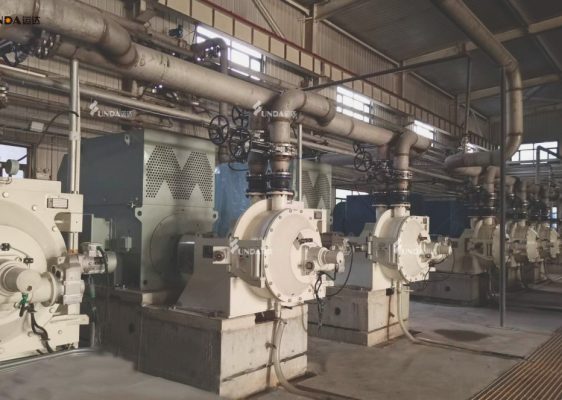 Qianan Boda Cultural Paper
Qianan Boda Cultural Paper
-
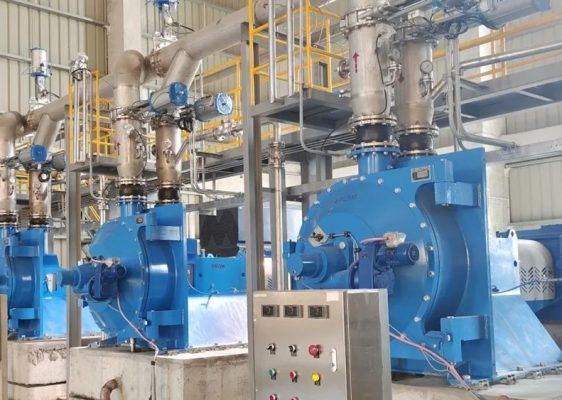 Vietnam Thuận An Paper PM8 Project
Vietnam Thuận An Paper PM8 Project
-
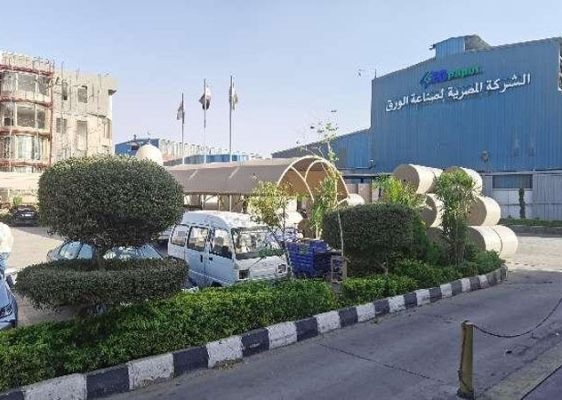 EG-Paper Packaging
EG-Paper Packaging
-
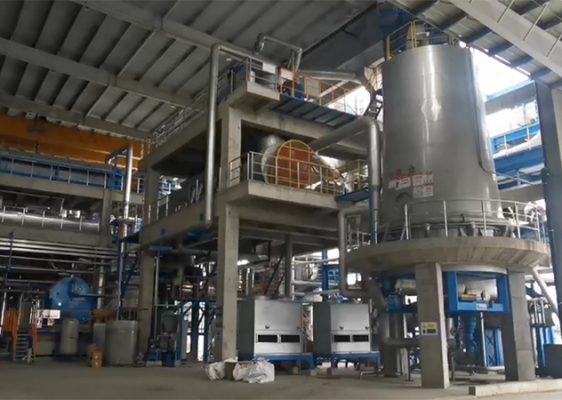 400t/d Bamboo Fiber i-CTMP Project
400t/d Bamboo Fiber i-CTMP Project
-
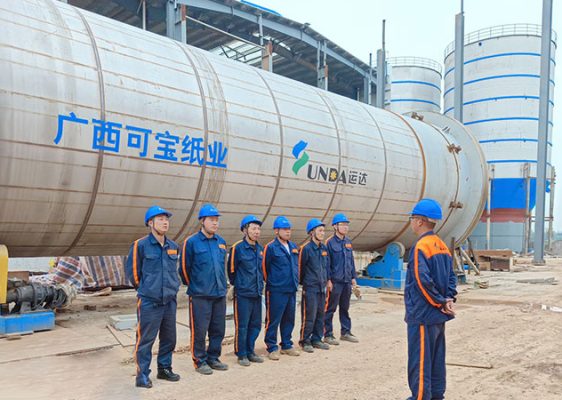 Guangxi Kebao ZDG425 Drum Pulper
Guangxi Kebao ZDG425 Drum Pulper
-
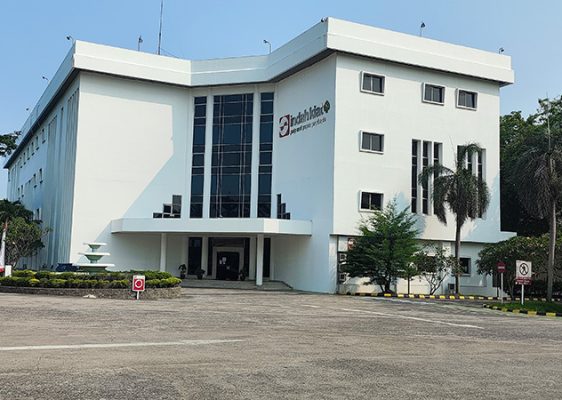 The Rebuild of IKPP OCC Line
The Rebuild of IKPP OCC Line
